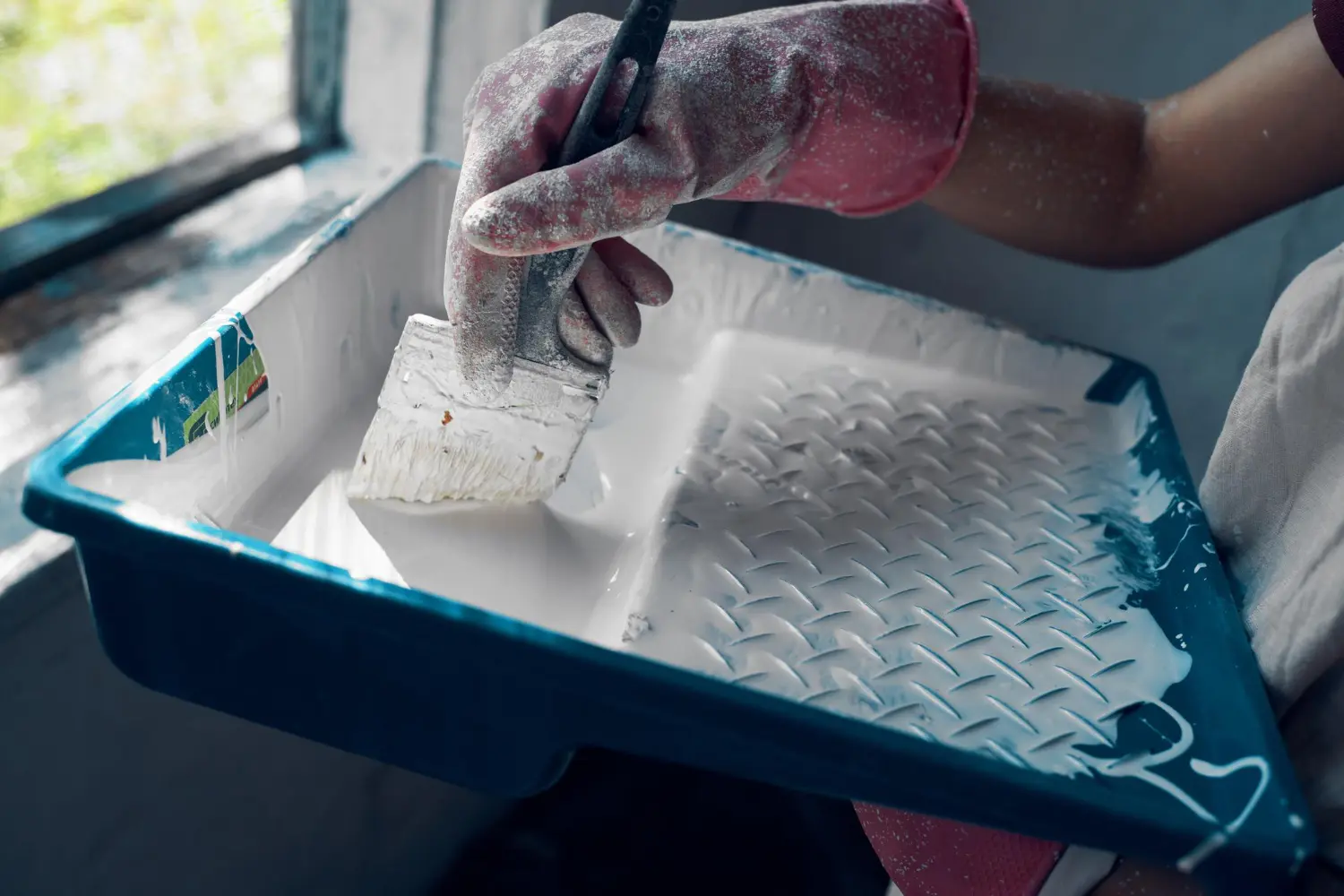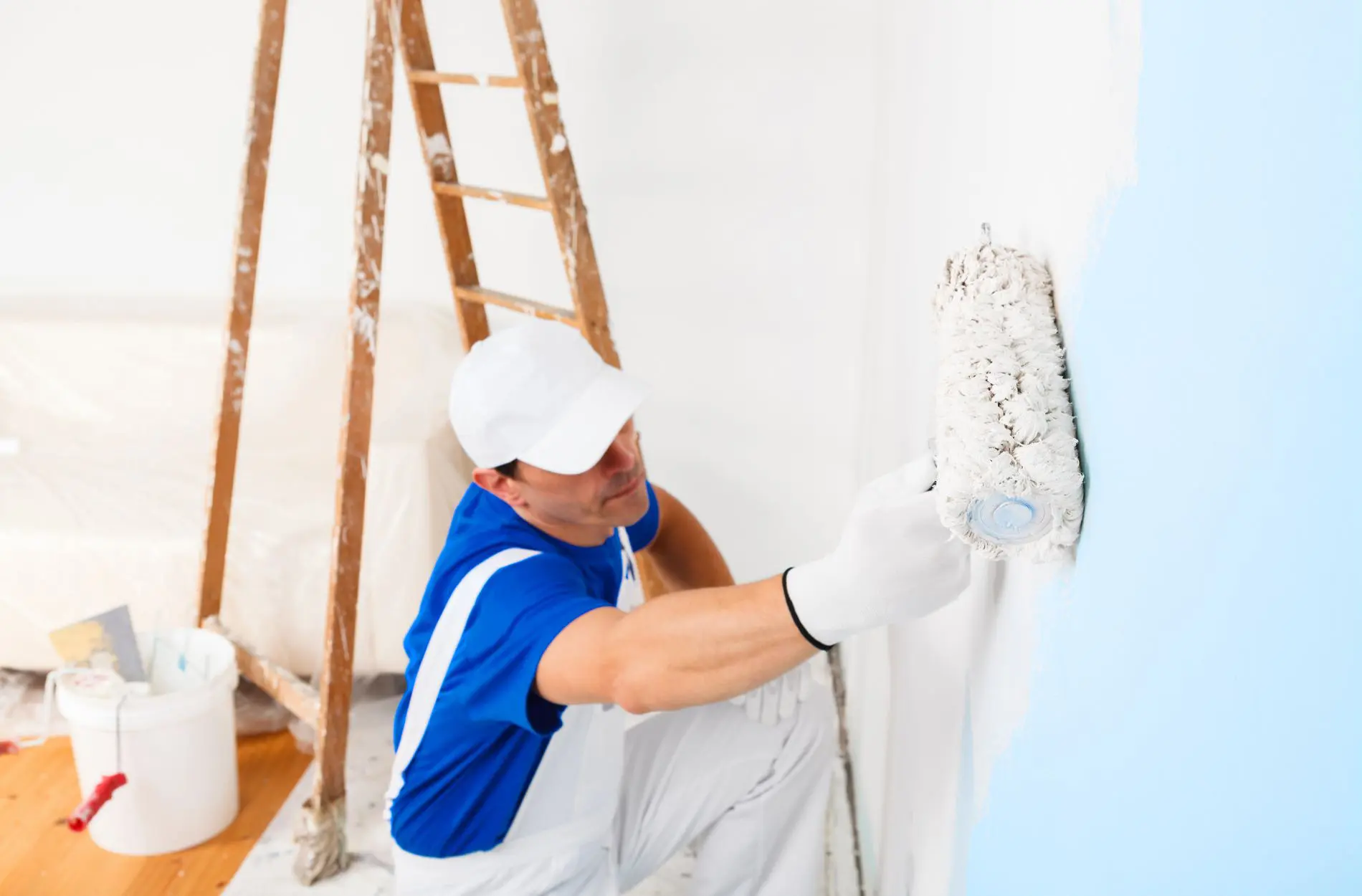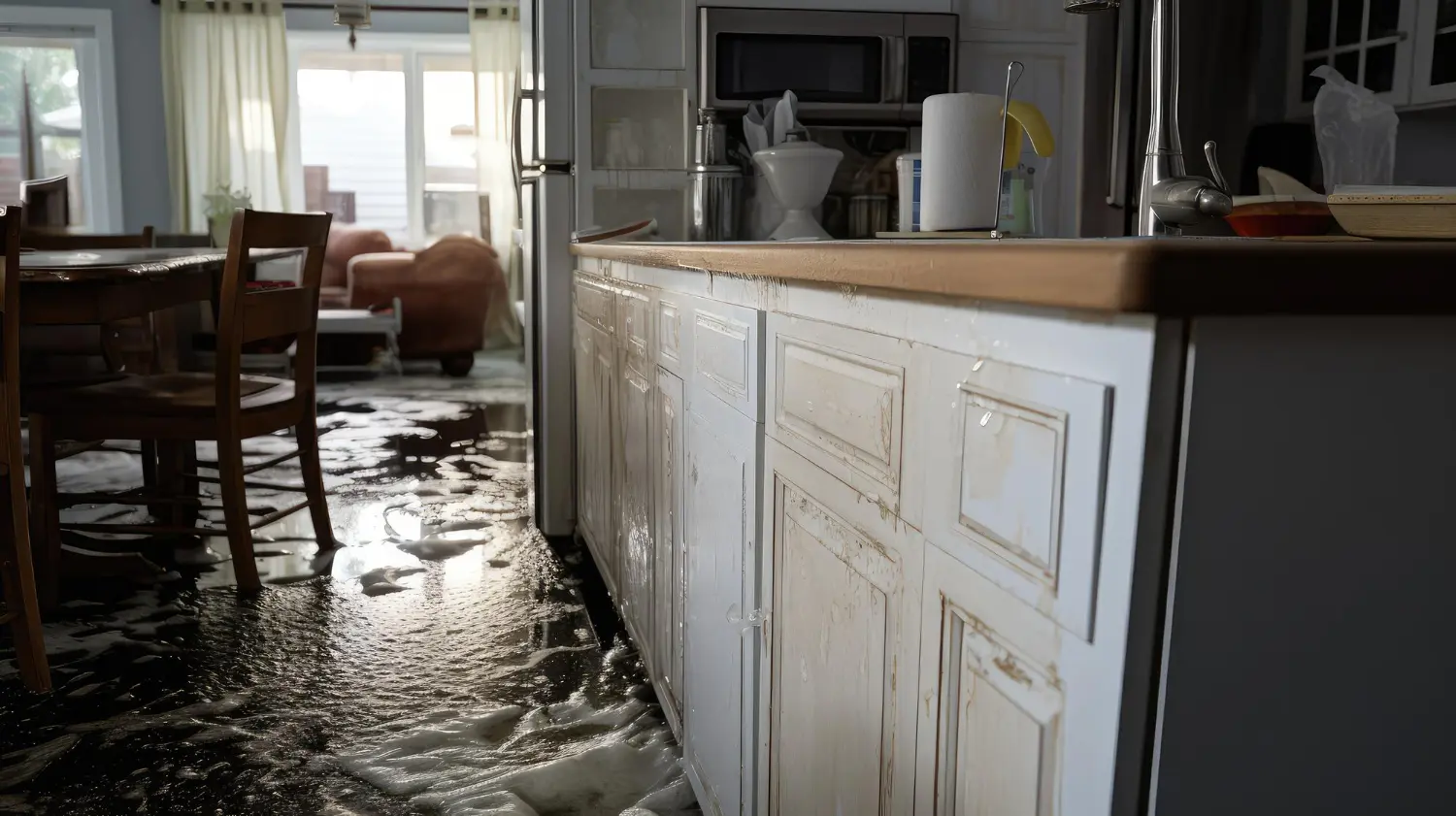10 Unbreakable Rules of House Painting

There’s really nothing quite like a fresh coat of paint to refresh and revive the home. Even when taking into account the biggest remodelling efforts and makeovers, a simple paint job really can transform the home like nothing else. What’s more, it can also be one of the simplest and most affordable ways of breathing new life into your home.
That being said, it’s also the kind of job that’s surprisingly easy to underestimate and thus make one or two key mistakes with. But if you have a good idea what you’re getting yourself into before you start, there’s nothing to say you can’t produce a truly outstanding result.

So with this in mind, here’s a quick rundown of 10 unbreakable rules when it comes to home painting:
Rule 1 – High Quality Equipment
First of all, there is very good reason why certain paintbrushes on the market will set you back 49 cents, while others command price tags of $10 and upwards. And yes – there really is a huge difference from one brush to the next. From the materials used to make the brushes to the quality of their construction, everything about them will have an impact on how your chosen paint gets onto the respective surface. Cut corners when it comes to the equipment you choose and you may find it difficult or even impossible to produce a quality result.
Rule 2 – High Quality Paint
Remaining with the same theme, it is equally important to ensure that you purchase and use only the very best quality paint you can afford. While it’s always tempting to stock up on $10-per-gallon budget paints, you’ll only be making the job harder for yourself and be looking at results that simply don’t go the distance. By contrast, look more toward $30, $40 or $50+ paint and you’ll be amazed how much easier it goes on – not to mention how much longer it lasts.
Rule 3 – Prepare Surfaces Properly
While ‘painting over the cracks’ represents a common approach, it really isn’t the best way to go. Instead, it’s in your best interests to prepare all surfaces properly and ensure they’re in the best possible condition for painting. This means removing loose, cracked and peeling paint, getting busy with the sandpaper and ensuring that every surface to be painted is flawlessly clean. The more effort you put into preparing the surfaces, the better the results you can expect.
Rule 4 – Quality Primer
Never overlook the value and importance of primer, when it comes to painting your home’s interior and exterior alike. To forgo the primer for any given reason is to open the door for poor-quality results that will continue to deteriorate from the moment you finish the job. And just as is the case with the paint itself, there are various different grades and levels when it comes to the priming products available. Long story short, don’t jeopardize your efforts with poor-quality primer.
Rule 5 – Multiple Coats
While it may take longer to complete the job and will undoubtedly mean additional expense, be sure to be generous with the coats of paint you apply, when and where necessary. When painting over bare materials of any kind, it is extremely rare to get away with one coat (after a primer has been applied). That is, assuming you’re looking for an even and seamless result. As such, it is best to set out with the intention of applying at least two top coats of paint, taking it as a rare and welcome bonus if one coat turns out to be enough.
Rule 6 – Proper Protection
Make no mistake about it – painting is an extremely messy job and you can expect the stuff to get absolutely everywhere. As such, it is always in your best interests to be as heavy-handed as necessary when it comes to protecting the parts of your home you’d prefer not to end up coated in paint. Even if this means investing in all manner of protective materials, it’s a better idea than ruining your stuff!
Rule 7 – Watch the Weather
Try to remember that as you have no control over the elements, you need to work with them if looking to paint the exterior of your home. This means choosing a time when not only is your home 100% dry and the temperature ideal, but also that your efforts won’t be laid to waste by a freak storm or downpour. Generally speaking, it is advisable to paint when the temperature is between 50° F and 90° F. Temperatures any lower or higher can compromise the quality of the finish.
Rule 8 – Enlist Help
Given the fact that home painting almost always turns out to be a more intensive and challenging undertaking than expected, it’s a good idea to enlist the help of at least one other person. Even in the case of smaller interior painting jobs, you’d be surprised just how incredibly helpful an additional pair of hands can be at the right time.
Rule 9 – Take Your Time
One of the most important rules to follow throughout the process is that of being sure to take your time. Tackle one small area at a time and do not move on to any other area until you are 100% satisfied with the results. In addition, ensure you give your paint and primer as much time as it needs to dry, before applying an additional coat. And if you don’t have ample time to invest in the project, put it on hold until you do.
Rule 10 – Ask the Experts
Last but not least, unless you already have all the premium gear, tools and paints you’ll be needing to get the job done, it’s always worth contacting the experts for a quote. Factoring in all the costs and the investment of time, there’s every possibility you could arrange for the job to be done faster, better and cheaper by a team of pro painters. Quotations can be arranged free of charge in minutes, so it’s always worth finding out what the experts can offer you.










